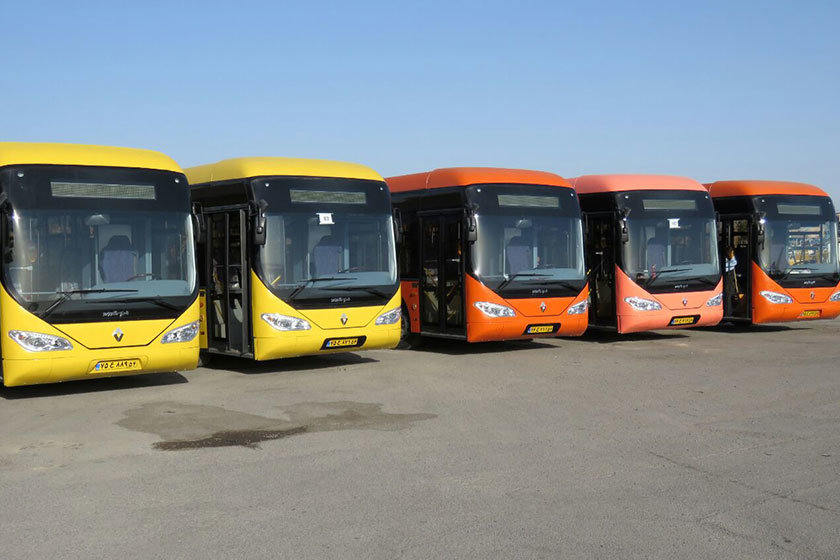95% of Tehran buses get technical inspection stickers

TEHRAN – Some 95 percent of the buses running in the capital’s transport fleet have received vehicle inspection stickers, head of vehicle technical inspection bureau affiliated to Tehran Municipality has said.
Vehicle inspection is a procedure mandated by national or subnational governments in many countries, in which a vehicle undergoes inspection to ensure that it conforms to regulations governing safety, emissions, or both.
In the Iranian calendar month of Aban (October 23-November 21), some 220,000 vehicles referred to technical inspection centers and passed technical tests, IRIB quoted Navab Hosseini Manesh as saying on Tuesday.
Inspection playing a significant role in identifying the vehicles defects, can be the first step to halt the production of cars with major defects, however, the car industry does not welcome the idea, thus Nissan Junior causing a large amount of emissions is still being produced, he lamented.
Hosseini Manesh further explained that this year, for the first time, inspection tests have been conducted for heavy vehicles on the roadsides, adding, through which 2,500 diesel vehicles have been technically tested, regardless of having inspection stickers, 24 percent of the cars failed the tests despite having inspection license.
It demonstrated a huge amount of emissions being produced by diesel heavy vehicles, so, we decided to start technical examination from the buses in public transport fleet operating within Tehran municipality, and so far some 95 percent of the buses received inspection stickers, he concluded.
World Health Organization (WHO) asserts that Tehran is one of the most air polluted cities in the world. Tehran is ranked 12th among 26 megacities in terms of ambient PM10 levels. In 2016, the annual ambient level of PM10 was estimated at 77 micrograms per cubic meter. This is almost four times the WHO’s recommended threshold of 20 micrograms per cubic meter.
There are two main types of air pollution sources, mobile sources including cars, buses, planes, trucks, and trains, and stationary sources such as oil refineries, industrial facilities, and factories.
According to health or environmental officials over 70 percent of pollutants in Tehran is produced by clunker buses. In a press conference held on January 13 in Tehran, deputy environment chief Masoud Tajrishi said that some 97 percent of buses in Tehran are old.
Clunker vehicles being 25 times more polluting than ordinary cars, must be inspected to indicate the level of emission they produce and eliminate it.
So it is not so farfetched to conclude that air pollution in Tehran and other metropolises of Iran are derived from the old transportation system and not being rigorous in enforcing air pollution abatement rules such as getting inspection stickers.
FB/MG
